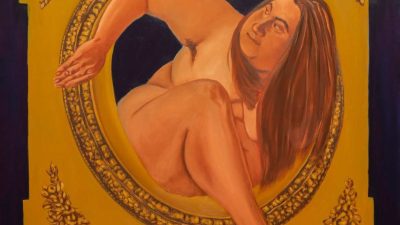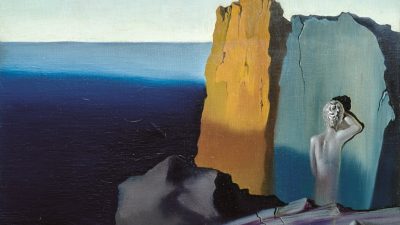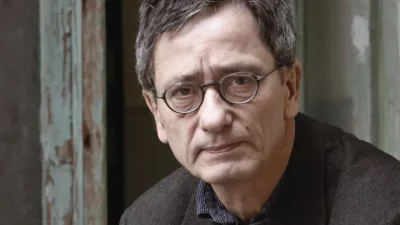Magicians of Music, PFZ, Kodály Centre, 25 May 2019, 6 pm
Heitor Villa-Lobos still counts as the most famous South American composer. During his 68 years of life, he composed more than 2000 pieces, played three instruments and also conducted. He was born in Rio de Janeiro in 1887, in the time of big changes – he was one year old when slavery was abolished in the country and two when the Empire of Brazil collapsed. In a society following European examples, it was obvious until this point that also in arts, one has to follow European ideals. However, the changing political climate suddenly questioned this.
Of course, it didn’t affect the institutional level right away. The Conservatory continued to teach music with European methods, young Heitor even attended some classical music courses, but soon he left them. At home, from the top of the stairs, he watched over his hobby-musician father and his friend making music, and learned a lot from them. He practiced on cello and clarinet and guitar, let himself float away with music. He didn’t want to grow up too soon, but at 22, he had to. His father suddenly died, only he remained to support his family, and he earned money from what he could best: he played music in theatres and cinemas.

With 28, he came out of this rat race and started to explore his native country. He was on the way for around ten years, sometimes nobody knew at the intellectual circles in Rio whether he’s still alive. Even today, nobody knows what he experienced, and how much credit one can give his stories. (Like the one where he was captured by cannibals and could only escape in a very adventurous way.)
The most important result of his country tour is, however, here to see and hear. Heitor Villa-Lobos got to know hidden musical treasures of his country, sound and rhythm of indigenous people from Meso- and South America, of liberated Afro-Brazilian ex-slaves, and of Portuguese colonizers, all influencing each other. He broke up with the Conservatory’s conventional principles and improvised on his guitar even more. Then he wrote the music down – these were his first compositions. He was a street musician for a while, then, following the advice of Portuguese composer Arthur Napoleão, he became a serious and prolific composer.
Of course, with his works, he didn’t want to reject classical music but to enrich it, maximally respecting the rich historical development. In 1916, he wrote Sinfonietta No. I, dedicating to Wolfgang Amadeus Mozart’s memory. Then, he balanced between Brazilian-indigenous folk musical influences and European musical literature, sometimes the one getting more attention in his art and sometimes the other. He gained inspiration from the Amazon River, the carnival traditions, the rainforests; he used nursery rhymes, folk songs and Impressionist elements. In the 1930s, his style being matured throughout all the years, he launched one of his most voluminous series, the Bachianas Brasileiras.
He wrote nine such pieces between 1930 and 1945, for various instruments and singing voices. In all of them, the basics are Johann Sebastian Bach’s characteristic harmonies and counterpoints, and Villa-Lobos applies them to Brazilian music. Most pieces have two parts, the first is the “Bachian” (prelude and fugue), the second is the “Brazilian” (usually bearing the name of the used folk song). He recorded all nine, mostly in cooperation with the French National Choir; original vinyl records were converted to CDs, and then to musical files.
This is how the Brazilian composer honoured the great European predecessors and brought his own personality and national identity in the music. On May 25 in the Kodály Centre, Sinfonietta No. I and Bachianas Brasilerias No. 5 will be played. Latter has an aria which is considered as the most famous work of Villa-Lobos – this time, soprano Nika Gorič sings and Tibor Bogányi conducts. Apart from this, two Mozart pieces are also in the programme, giving a good company to Sinfonietta No. I, and Villa-Lobos’s contemporary colleague Igor Stravinsky’s Firebird flies around as well. A Russian, a Brazilian, a Viennese classic, and 200 years of travelling back and forth in time: yes, this is indeed world music…


























Comments